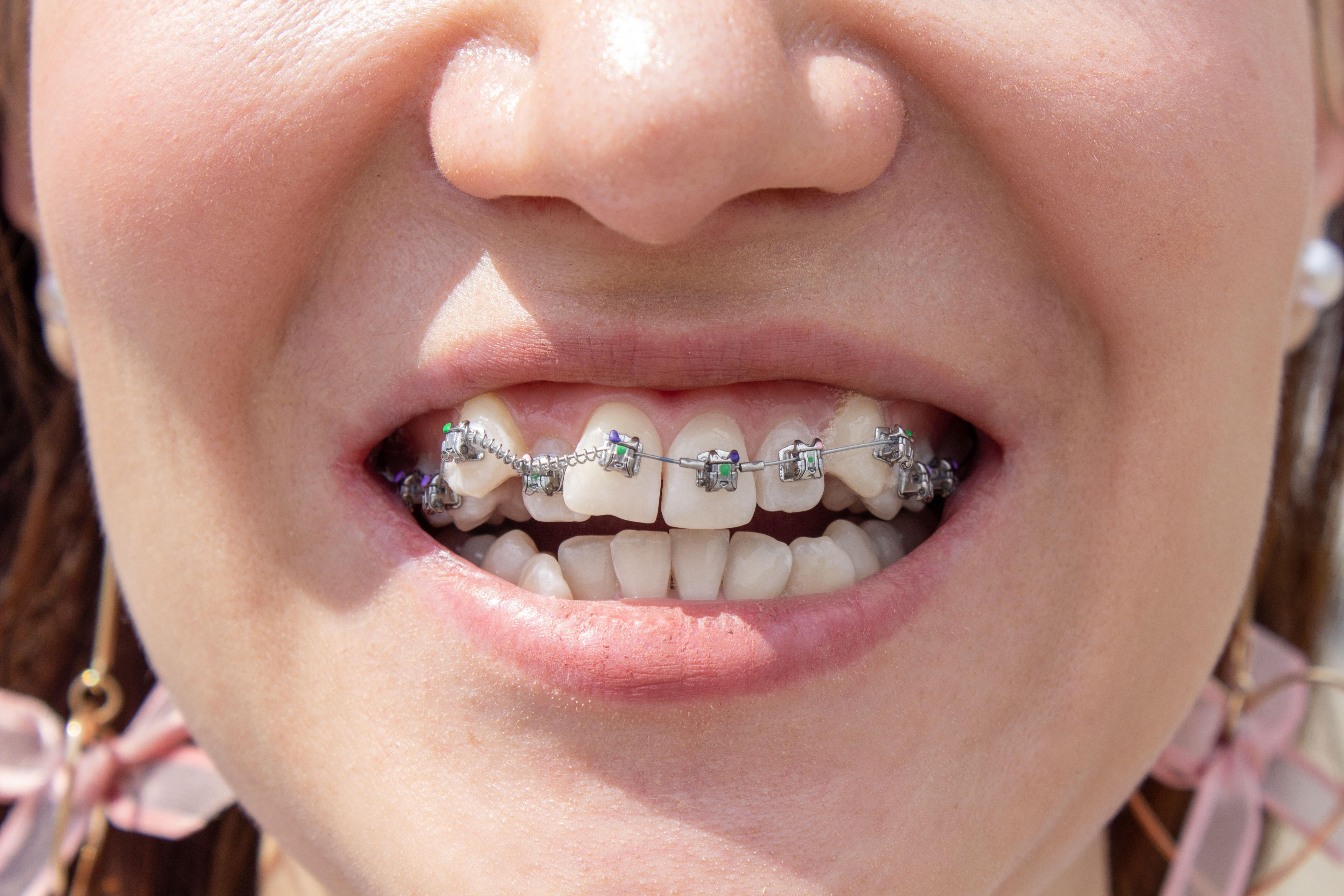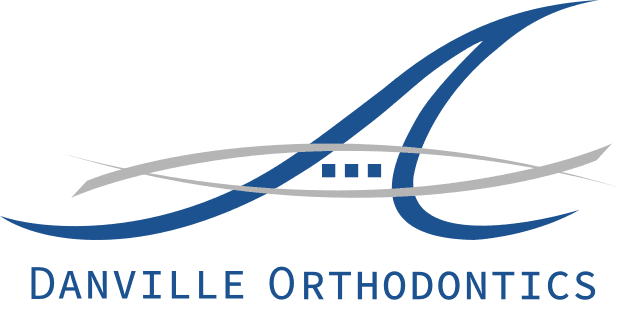What Types of Braces Work Best for An Overbite?
If you have an overbite, you're not alone. Misalignment of teeth and jaws, known as malocclusion, affects over 70% of people. Overlapping the upper front and lower front teeth leads to an overbite that may result in dental health problems and an unappealing "bucktooth" appearance. Fortunately, orthodontic treatment can correct an overbite and improve your smile's function and appearance. But with so many braces available, how do you know which ones work best for an overbite? In this blog post, we'll explore the pros and cons of different braces and help you decide which option is suitable.
What is an overbite?
Vertical overlapping of the upper front teeth over the lower ones is an overbite, a dental issue. In other words, when the upper front teeth extend too far over the lower front teeth, it can create a deep bite, also known as a "deep overbite." Overbites can be caused by various factors, such as genetics, thumb-sucking, tongue thrusting, or improper jaw growth. While a mild overbite may not require treatment, a severe overbite can lead to problems with chewing, speaking, and overall dental health.

What type of braces are best for overbites?
- Traditional metal braces
Metal braces are effective for correcting overbites. They can even solve the most severe cases. Metal braces are also one of the most affordable for many patients.
While traditional metal braces are not as discreet as ceramic braces or clear aligners, some patients prefer the bold look of metal braces and even customize them with different colors of elastic bands.
Pros:
- Effective for correcting overbites, including severe cases
- Affordable
- Customizable with different colors of elastic bands
Cons:
- Noticeable appearance
- Require more care and attention to maintain oral hygiene
- It may cause discomfort or soreness during the adjustment period.
- Ceramic Braces
Ceramic braces function similarly to traditional metal braces. The only difference is that in ceramic braces, transparent ceramic brackets are used instead of metal brackets to match the color of your teeth. They also use wires and elastic bands to apply pressure and gradually move your teeth into the desired position.
The most significant benefit of ceramic braces is their discreet appearance. Because the brackets are transparent, they are less noticeable than traditional metal braces. However, they do require proper care to avoid staining or discoloration.
Ceramic braces are effective for correcting overbites. Ceramic braces are more suitable for adults who don't want the noticeable appearance of metal braces. However, there may be better choices for severe cases.
Pros:
- Discreet appearance
- Effective for correcting overbites
- Preferred by adults who want a less noticeable orthodontic treatment
Cons:
- More expensive than traditional metal braces
- Require more care to avoid staining or discoloration
- Not suitable for severe cases of overbite
- Lingual braces
Lingual braces are an alternative to traditional metal braces and clear aligners for treating overbites. These braces attach brackets and wires to the back of the teeth, rendering them almost invisible from the front view.
How they work: Lingual braces use the same basic principles as traditional braces to gradually shift the teeth into the correct position. However, because they are placed on the back of the teeth, they can treat a broader range of orthodontic issues, including overbites.
Discreet appearance: One of the most significant benefits of lingual braces is that they are nearly invisible from the front. This can be especially advantageous for adults and teenagers who might feel uncomfortable or embarrassed to wear traditional metal braces or clear aligners.
Effectiveness for correcting overbites: Lingual braces are very effective in treating overbites. Because they are attached to the back of the teeth, they can apply more force to move the teeth into the correct position.
Pros and cons: Like any orthodontic treatment, lingual braces have pros and cons. Some advantages of lingual braces include their discreet appearance, effectiveness in treating overbites, and the fact that they can treat a wider range of orthodontic issues than clear aligners. However, they can also be more challenging to clean and maintain than traditional braces and may initially cause discomfort or speech issues. Additionally, because lingual braces require a higher level of skill and expertise to place, they may be more expensive than traditional braces or clear aligners.
- Clear aligners
Clear Aligners (such as Invisalign) Clear aligners are a widely used substitute for conventional braces for teeth alignment, including overbite correction. They progressively utilize clear, detachable trays to move teeth into their desired location.
How They Work: Clear aligners use a series of custom-made trays worn over the teeth. Each tray is designed to gently pressure the teeth gently, gradually moving them into the correct position. Patients wear each tray for one to two weeks, then switch to the next tray in the series. This process continues until the teeth are fully aligned.

Discreet Appearance: One of the primary advantages of clear aligners is their discreet appearance. The trays are made of a clear, plastic material that is virtually invisible when worn. Clear aligners can be an excellent alternative for adults and teenagers who feel hesitant about wearing conventional braces due to their noticeable appearance.
Effectiveness for Correcting Overbites: Clear aligners can be an effective treatment option for correcting mild to moderate overbites. However, they may not be the best option for severe overbites or other complex orthodontic issues requiring more significant teeth or jaw movement. Orthodontists sometimes combine clear aligners with other orthodontic treatments to achieve the desired results.
Pros and Cons: Consider several pros and cons when using clear aligners for overbite correction. One of the main advantages is their discreet appearance, which can appeal to many patients. They are also removable, which makes it easier to brush and floss and maintain good oral hygiene. However, they may not be as effective as traditional braces in certain situations and can be more expensive. Additionally, they require high patient compliance since they must be worn for several hours each day to be effective.
Combination Treatment for Overbites: Using Different Types of Braces Together for Maximum Effectiveness
If you have a severe overbite, your orthodontist may recommend combination treatment, which involves using different braces together for maximum effectiveness. This approach can be beneficial in cases where one type of brace may not be enough to correct the overbite on its own.
Ceramic Braces and Traditional Metal Braces: One standard combination treatment involves ceramic and traditional metal braces. Metal braces are great for moving teeth quickly and effectively, while ceramic braces provide a more discreet appearance. By using ceramic braces on the front teeth and metal braces on the back teeth, patients can achieve both functionality and aesthetics.
Lingual Braces and Clear Aligners: Another popular combination treatment for overbites is lingual braces and clear aligners. Lingual braces offer a discreet treatment option as they are placed on the back of the teeth, while clear aligners are custom-made trays that gradually shift teeth into place by fitting over them. Patients can achieve a more balanced bite and a straighter smile by using lingual braces on the bottom teeth and clear aligners on the top teeth.
Factors to Consider When Choosing Braces for Your Overbite: Cost, Comfort, and Aesthetics
When it comes to correcting an overbite, there are several options for braces to choose from. Each type of brace has pros and cons, making it essential to consider different factors before deciding. The following are the factors to consider when choosing braces for your overbite:
- Cost: The cost of braces depends on the type of braces and the severity of your overbite. Traditional metal braces are often the most affordable, while clear aligners are more expensive. Ceramic braces and lingual braces are also more costly than metal braces. However, many dental insurance plans cover at least a portion of the cost of braces.
- Comfort: Braces can be uncomfortable, especially in the first few days or weeks. However, some types of braces are more comfortable than others. Clear aligners, for example, are made of smooth plastic, less likely to irritate your cheeks and gums. Ceramic braces are also more comfortable than metal braces because they are softer.
- Aesthetics: Some people may feel self-conscious about wearing metal braces, especially if they are adults. Clear aligners and ceramic braces are less noticeable than metal braces, making them a better choice for people concerned about their braces' appearance. Lingual braces are another option for people who want to conceal their braces.
- The severity of the overbite: Your overbite is also a factor to consider when choosing braces. Traditional metal braces are often the best option for severe overbites, as they are the strongest and most effective. Clear aligners may not be as effective for severe overbites, but they can still be an option for mild to moderate cases. Ceramic and lingual braces can also be effective for mild to moderate overbites.
Conclusion
In conclusion, treating an overbite is crucial for maintaining proper dental health and a confident smile. Braces are an effective solution for correcting overbites. Each type of brace has pros and cons, and factors such as cost, comfort, and aesthetics that you should consider when choosing the right treatment option. For some patients, a combination of braces may be necessary for maximum effectiveness. In the end, seeking advice from an orthodontist is the most effective approach to identifying the appropriate treatment plan that suits your requirements. With the correct type of braces and proper care, you can achieve a healthier bite and a beautiful smile.
Contact your Danville dentist, Dr. Hoss Abar, DDS, MSD at Danville Orthodontics to know more about the types of Braces.
Resource:
Adult orthodontics: should adults get braces?
*This media/content or any other on this website does not prescribe, recommend, or prevent any treatment or procedure. Therefore, we highly recommend that you get the advice of a qualified dentist or other medical practitioners regarding your specific dental condition*
